Menu

Separation anxiety is a typical part of your child’s development journey, especially during the early years. When your baby or toddler experiences separation anxiety, they might cry and cling to you when you need to step away, even if it’s just for a short time.
I know it can be tough to leave your little one when they’re feeling this way, but there are strategies to help ease their distress. Remember, as your child grows older, they’ll gradually become more comfortable with separations and outgrow this phase of anxiety.
Separation anxiety is a typical developmental phase that many babies go through at some point in the first few years of their life. Studies show that most children grow out of this stage by the age of 3.
Separating from parents becomes tougher when kids are hungry, tired, or unwell during toddlerhood! As toddlers become more independent, they may struggle more with separations, showing loud, tearful behaviour that’s hard to soothe.
Around 8 months of age, infants develop the ability to recognise and differentiate between people, forming strong emotional attachments with their caregivers. When they are separated from you at this stage, they may perceive the separation as threatening and unsettling, leading them to feel unsafe or insecure.
As your child grows in their first year of life, they begin to grasp the concept of object permanence. This means they understand that objects, including people, continue to exist even when they can’t see them. So, when you step out of sight, they realise you’re still around somewhere.
Separation anxiety and stranger anxiety are different but can overlap. Separation anxiety arises when your child is apart from you, while stranger anxiety occurs when they’re uncomfortable around unfamiliar people.
During separation anxiety, babies fear a parent leaving and not coming back, especially when around strangers. Common responses include:
Some children may inherit a tendency to be more anxious from their family members, which can make them more likely to experience separation anxiety. For example, if there’s a history of anxiety disorders in the family, the child may be genetically predisposed to experiencing separation anxiety.
Significant life changes such as the death of a loved one, divorce, or moving to a new home can be traumatic for a child and trigger feelings of anxiety about being separated from their parents. For instance, a child may feel insecure and anxious about being apart from their parents after experiencing the loss of a family member or the upheaval of a divorce.
When parents are overly cautious or protective, it can inadvertently reinforce a child’s fears about being apart from them. For example, if parents constantly hover over their child and are reluctant to let them explore independently, the child may develop heightened anxiety about being separated from their parents.
Any disruption to a child’s routine, such as starting school or going on vacation, can unsettle them and make them feel anxious about being separated from their parents. For instance, a child may feel anxious about being apart from their parents when starting school for the first time or when their usual routine is disrupted by a vacation.
Some children are naturally more sensitive or prone to anxiety, which can make them more likely to experience separation anxiety. For example, a shy or introverted child may find it more challenging to cope with being separated from their parents compared to a more outgoing and confident child.
Some children may inherit a tendency to be more anxious from their family members, which can make them more likely to experience separation anxiety. For example, if there’s a history of anxiety disorders in the family, the child may be genetically predisposed to experiencing separation anxiety.
Significant life changes such as the death of a loved one, divorce, or moving to a new home can be traumatic for a child and trigger feelings of anxiety about being separated from their parents. For instance, a child may feel insecure and anxious about being apart from their parents after experiencing the loss of a family member or the upheaval of a divorce.
When parents are overly cautious or protective, it can inadvertently reinforce a child’s fears about being apart from them. For example, if parents constantly hover over their child and are reluctant to let them explore independently, the child may develop heightened anxiety about being separated from their parents.
Any disruption to a child’s routine, such as starting school or going on vacation, can unsettle them and make them feel anxious about being separated from their parents. For instance, a child may feel anxious about being apart from their parents when starting school for the first time or when their usual routine is disrupted by a vacation.
Some children are naturally more sensitive or prone to anxiety, which can make them more likely to experience separation anxiety. For example, a shy or introverted child may find it more challenging to cope with being separated from their parents compared to a more outgoing and confident child.
Separation anxiety can emerge in babies as early as 4–5 months, but it typically becomes more pronounced around 9 months of age. However, some infants may not show signs until they’re a bit older, while others may not experience it at all.
Some toddlers skip separation anxiety in infancy and start showing difficulties at around 15 to 18 months old.
Fortunately, children typically outgrow separation anxiety by around 2 years old, although for some, it may persist until age 3 or even longer.
Even though your baby’s cries may make you want to cancel your plans, giving in will only worsen the situation for future separations. Fortunately, babies tend to calm down quickly after the initial upset.

Take short breaks away from your infant for an hour or two to help you and your baby get used to separation. Seeing that your baby can cope well in your absence will reduce their concerns about leaving again.
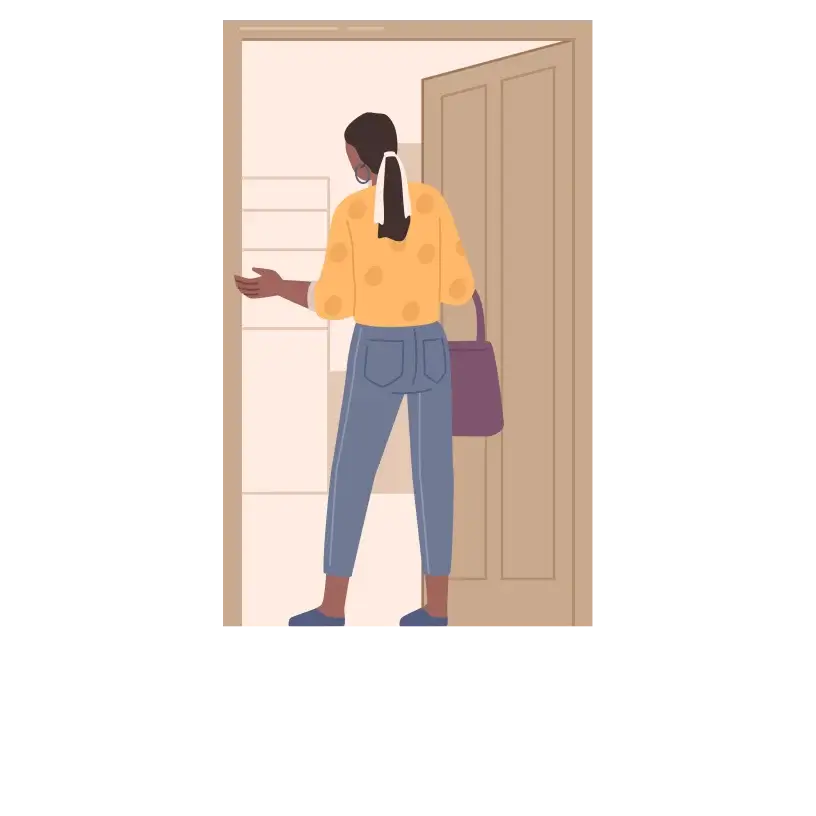
Have the sitter arrive about 30 minutes before you leave so you can go over the schedule and allow your baby some time to get comfortable with them. This early arrival also reassures you about leaving your baby in capable hands.
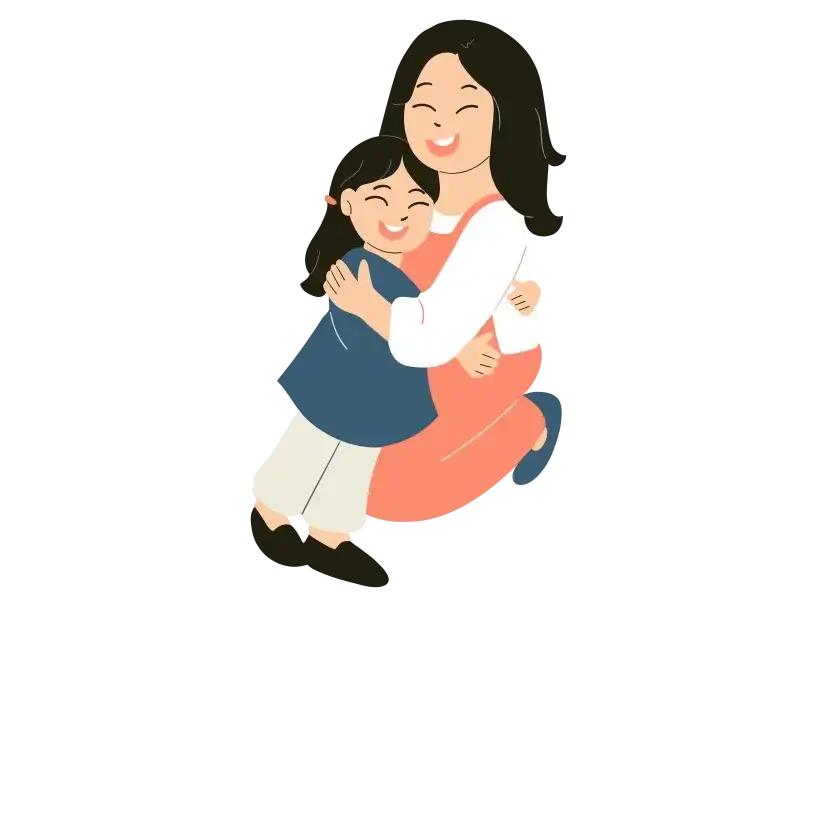
Verbally reassure your toddler using soothing words and a calm tone, such as “Mommy/Daddy will be back soon” or “You’re safe and loved.” Additionally, offer physical comfort through hugs, cuddles, and gentle touches to reassure them of your presence and affection.
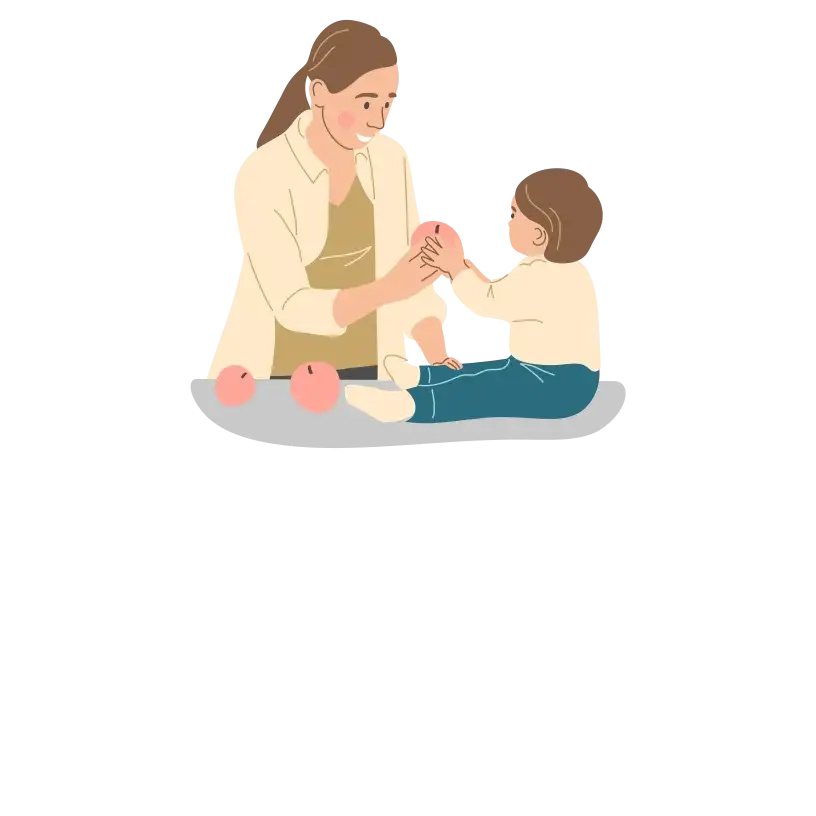
Try to time your departure after your baby has nursed or had a meal to minimise hunger, which can worsen separation anxiety. By ensuring your baby is well-fed before you leave, you can help them feel more content and comfortable during your absence.
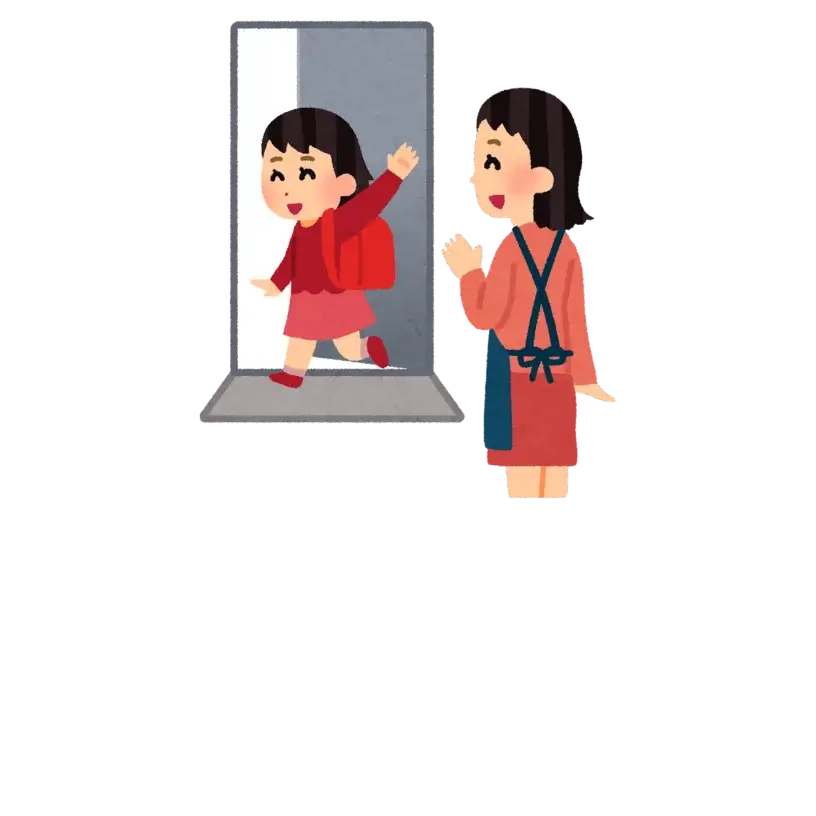
When dealing with separation anxiety, it’s important to keep farewells short and tear-free. While it may be tempting to linger or avoid saying goodbye to prevent your baby from getting upset, it’s crucial to maintain consistency and predictability. By keeping your goodbyes brief yet reassuring, you help your baby understand that separations are temporary and that you will return.
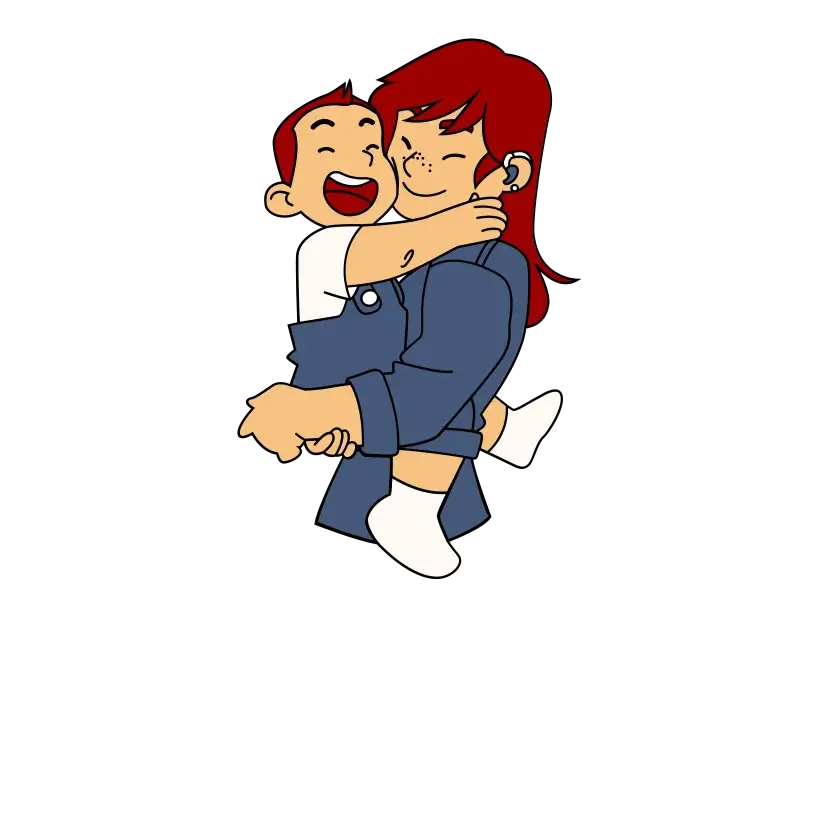
Create a routine for leaving and returning, such as offering a special lovely, singing a short song before leaving, giving a long hug and singing a new song upon your return. Consistent routines provide comfort and predictability for your baby.
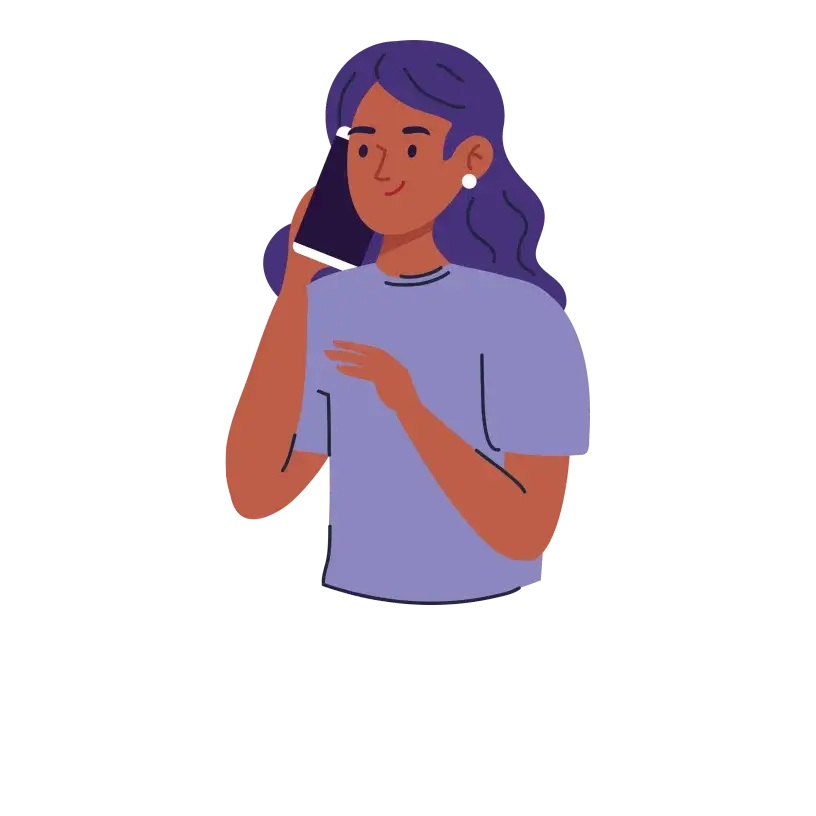
It’s okay to call the sitter for a quick update on your baby’s well-being, but avoid attempting to talk to your baby over the phone or facetime, as it can be confusing since you’re not physically present.

Take short breaks away from your infant for an hour or two to help you and your baby get used to separation. Seeing that your baby can cope well in your absence will reduce their concerns about leaving again.

Have the sitter arrive about 30 minutes before you leave so you can go over the schedule and allow your baby some time to get comfortable with them. This early arrival also reassures you about leaving your baby in capable hands.

Verbally reassure your toddler using soothing words and a calm tone, such as “Mommy/Daddy will be back soon” or “You’re safe and loved.” Additionally, offer physical comfort through hugs, cuddles, and gentle touches to reassure them of your presence and affection.

Try to time your departure after your baby has nursed or had a meal to minimise hunger, which can worsen separation anxiety. By ensuring your baby is well-fed before you leave, you can help them feel more content and comfortable during your absence.

When dealing with separation anxiety, it’s important to keep farewells short and tear-free. While it may be tempting to linger or avoid saying goodbye to prevent your baby from getting upset, it’s crucial to maintain consistency and predictability. By keeping your goodbyes brief yet reassuring, you help your baby understand that separations are temporary and that you will return.

Create a routine for leaving and returning, such as offering a special lovely, singing a short song before leaving, giving a long hug and singing a new song upon your return. Consistent routines provide comfort and predictability for your baby.

It’s okay to call the sitter for a quick update on your baby’s well-being, but avoid attempting to talk to your baby over the phone or facetime, as it can be confusing since you’re not physically present.
Introducing a baby to nighttime sleep can be a challenging yet essential aspect of parenting. For many parents, managing separation anxiety during this time can feel overwhelming. However, creating a positive bedtime environment is crucial for both you and your baby.
This sets the stage for healthy sleep habits and fosters a sense of security and comfort for the entire family.
A consistent bedtime routine can help signal your baby that it’s time to wind down and prepare for sleep. This routine could include bath time, gentle massage, reading a bedtime story, and singing a lullaby, helping create a calming atmosphere and setting your baby’s sleep expectations.
When your baby cries after being put down to sleep, stay in the room for a few minutes to see if they calm down. If crying persists, gently rub their back for comfort, but avoid lifting them. Gradually leave the room while they’re still crying, returning at intervals to provide reassurance and comfort.
Babies often find comfort in familiar objects, like a small blanket or stuffed animal, which can help them feel secure during bedtime. When introducing transitional objects to your baby, consider safety, age-appropriateness, comfort, washability, potential for attachment, consistency in use, and monitoring your baby’s reaction.
Keeping the door open can give your baby a sense of reassurance, as they can still hear familiar sounds from the rest of the house. This can help alleviate feelings of isolation or separation anxiety, making it easier for your baby to settle down and fall asleep.
Separation anxiety in infants and toddlers differs from that in older children. It’s a normal and natural part of their development as they form attachments to their caregivers and learn about the world around them.
However, if separation anxiety becomes excessive and significantly interferes with a child’s daily functioning, it may be indicative of a disorder, such as separation anxiety disorder, especially in older children. In children over 6 years old, persistent and severe separation anxiety may be a sign of separation anxiety disorder, which may need professional treatment.
Separation anxiety is a natural phase in your child’s emotional growth, showing they’re forming healthy attachments to you. It’s normal for them to feel uneasy when you’re apart, but it’s a sign of their growing bond with you.
While you can’t entirely prevent it, you can help them cope by providing reassurance and gradually exposing them to separation. Over time, they’ll learn to manage these feelings more independently.
As children grow older, separation anxiety typically lessens, but it can resurface temporarily due to other factors like illness or stress. For instance, even if a 2-year-old is usually fine at daycare drop-offs, they might cling to their parents more when they feel unwell or face stressors like home changes.
This behaviour is a normal part of development and tends to fade with time. However, every child is different, so there’s no exact timeline for when separation anxiety will begin or end. Be prepared for occasional regression, especially during times of change such as vacations, sickness, or moving to a new home.
Typically, your baby will cry more intensely than usual and cling to you, become upset when you leave, resist comfort from others, have trouble sleeping and display changes in behaviour. To help, provide reassurance, establish a consistent routine, and gradually introduce short separations to build confidence.
Separation anxiety in infants and toddlers differs from that in older children. It’s a normal and natural part of their development as they form attachments to their caregivers and learn about the world around them.
However, if separation anxiety becomes excessive and significantly interferes with a child’s daily functioning, it may be indicative of a disorder, such as separation anxiety disorder, especially in older children. In children over 6 years old, persistent and severe separation anxiety may be a sign of separation anxiety disorder, which may need professional treatment.
Separation anxiety is a natural phase in your child’s emotional growth, showing they’re forming healthy attachments to you. It’s normal for them to feel uneasy when you’re apart, but it’s a sign of their growing bond with you.
While you can’t entirely prevent it, you can help them cope by providing reassurance and gradually exposing them to separation. Over time, they’ll learn to manage these feelings more independently.
As children grow older, separation anxiety typically lessens, but it can resurface temporarily due to other factors like illness or stress. For instance, even if a 2-year-old is usually fine at daycare drop-offs, they might cling to their parents more when they feel unwell or face stressors like home changes.
This behaviour is a normal part of development and tends to fade with time. However, every child is different, so there’s no exact timeline for when separation anxiety will begin or end. Be prepared for occasional regression, especially during times of change such as vacations, sickness, or moving to a new home.
Typically, your baby will cry more intensely than usual and cling to you, become upset when you leave, resist comfort from others, have trouble sleeping and display changes in behaviour. To help, provide reassurance, establish a consistent routine, and gradually introduce short separations to build confidence.
1. American Academy of Pediatrics: How to ease your child’s separation anxiety
2. Children’s Hospital of Philadelphia: Separation Anxiety
3. Clinical Partners: Understanding separation anxiety in children: causes, signs, and when to seek support
4. National Institute of Health, National Library of Medicine: Separation Anxiety in Children
5. NHS: Separation Anxiety
6. Poulton, R., Milne, B.J., Craske, M.G. and Menzies, R.G., 2001. A longitudinal study of the etiology of separation anxiety. Behaviour research and therapy, 39(12), pp.1395-1410.
7. Swanson, W.S., 2015: How to ease your child’s separation anxiety.
8. International Conference on Politics, Economics and Law Atlantis Press.: Research on Causes and Coping Strategies of Separation Anxiety of Infants in Preschool.
© Mindsmaking 2024